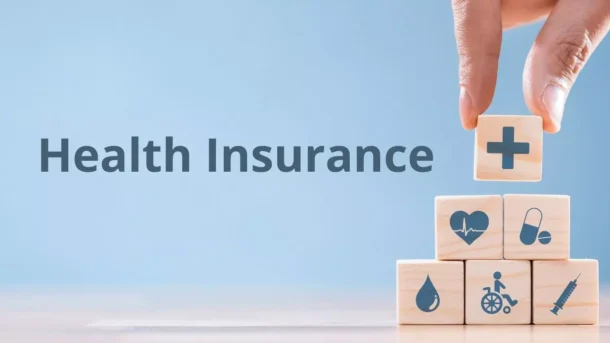In an era where a single medical emergency can devastate finances, health insurance transforms from a safety net to a strategic partner in well-being. With global healthcare costs soaring—cancer treatment averaging $150,000 in the U.S. and critical care often exceeding $10,000 per day—understanding health insurance is no longer optional. It’s essential.

What Is Health Insurance? Beyond Basic Coverage
Health insurance is a contract where an insurer shares the financial risk of your medical expenses. Unlike public healthcare systems (like the NHS or Medicare), private health insurance offers tailored protection:
- Major Medical Plans: Cover hospitalization, surgeries, and critical treatments (e.g., Cigna’s international plans).
- Critical Illness Insurance: Lump-sum payouts for diagnoses like cancer or stroke (e.g., Aflac).
- Supplemental Plans: Fill gaps in public systems (e.g., Medicare Advantage in the U.S.).
- Global Coverage: For expats or frequent travelers (e.g., Allianz Worldwide Care).
Key Insight: 51% of bankruptcies in the U.S. link to medical bills—even among insured people. Smart coverage combats this.
How to Use Health Insurance: A Practical Guide
S1: Choose Your Plan Wisely
| Profile | Recommended Plan |
|---|---|
| Young & Healthy | High-deductible plan + HSA |
| Chronic Condition | Low copay plan with specialist access |
| Frequent Traveler | Global coverage with evacuation |
S2: Master the Paperwork
- Prior Authorization: Get approval before non-emergency procedures.
- Network Rules: Use in-network providers to avoid 50%+ cost penalties.
- Claims: Submit bills within 90 days (keep digital copies!).
S3: Leverage Hidden Perks
- Free mental health sessions (e.g., Blue Cross Blue Shield).
- Discounts on gyms, nutritionists, or wearables (Oscar Health).
When to Use It: Critical Moments
- Emergencies: Heart attack, accident injuries (ER visits average $2,200–$3,300 in the U.S.).
- Chronic Management: Diabetes supplies, dialysis, or physical therapy.
- Preventive Milestones: Colonoscopy at 45+, mammograms, or prenatal care.
- Global Crises: Medical evacuation during travel (e.g., Allianz covers $500,000+).
Real Impact:
Maria (Spain): Used travel insurance for emergency surgery in Thailand—$0 out-of-pocket.
James (U.S.): Critical illness policy paid $75,000 after cancer diagnosis, covering mortgage payments.
Conclusion: Your Health’s Financial Architect
Health insurance isn’t just about paying bills—it’s about preserving your life’s work. As systems like Germany’s public-private model and Singapore’s Medisave show, blending coverage with prevention creates resilience.
3 Key Takeaways:
- Start early: Premiums rise 5–8% yearly after age 40.
- Prevention pays: Insurers reward healthy habits (e.g., Vitality’s 25% premium discounts).
- Globalize if mobile: Ensure seamless care across borders.
“Health insurance buys you two priceless things:
Time to heal without money stress, and Choice over your care.”
Empower your tomorrow—build your safety net today.



